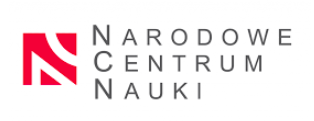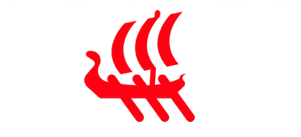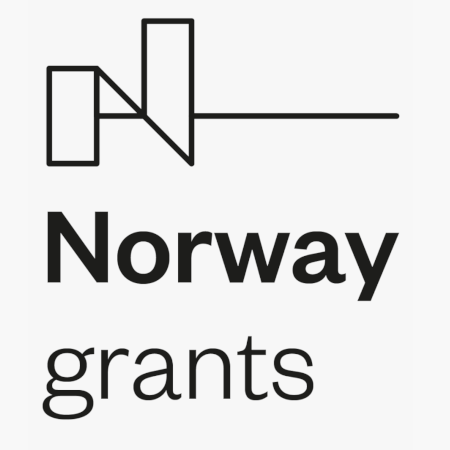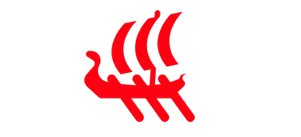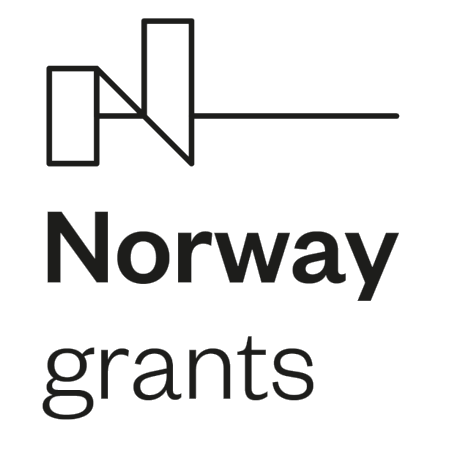Project
Black holes constitute one of the most stimulating topics in contemporary physics. My project Quantum Singularities in Holographic Models strives to answer key questions concerning the nature of quantum singularities: what is the structure of the Hilbert space describing quantum black holes? What is a relation between black holes and cosmologies? What can cosmology tell us about black holes and vice versa? In particular, what can we learn about a relation between AdS/CFT and dS/CFT? What is the non-local interaction between degrees of freedom on both sides of the horizon and can we measure it in nature?
Principal investigator

Dr. Adam Bzowski
Faculty of Physics, Institute for Theoretical Physics
ul. Pasteura 5, 02-093 Warszawa, Poland
email: abzowski at fuw.edu.pl
tel: +48 22 55 32913
office: 5.13
Publications
Below you can find the list of the publications relevant to the project and accompanied with short descriptions. The complete list of my physics publications can be found here.
- Adam Bzowski, Breaking the spell of the tensor product, arXiv: 2104.06425
In this and the upcoming paper I argue that the Hilbert space of excitations on top of a wormhole does not factorize into the tensor product of the boundary Hilbert spaces. From the point of view of semiclassical physics, the decrease in the number of states is perceived as an emergent, non-local interaction stabilizing the wormhole. This presents new possibilities for models of radiating black holes and raises questions about results established under the spell of the tensor product.
This picture shows a wormhole with information transferred from one boundary to the opposite one.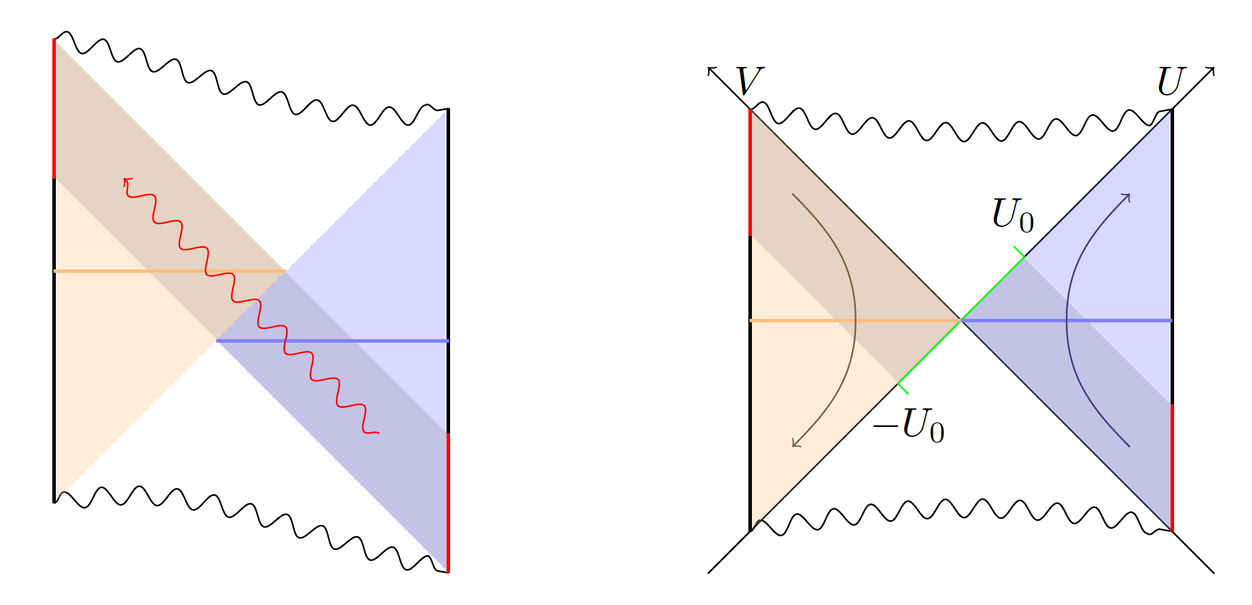
- Adam Bzowski, Paul McFadden, Kostas Skenderis, A handbook of holographic 4-point functions, JHEP 12 (2022) 039, arXiv: 2207.02872
In this paper I derive exact formulas for a number of scattering amplitudes taking place in anti-de Sitter spacetime. The goal is to use the derived results in order to provide specific and measurable predictions in cosmology. Indeed, the proposal known as holographic cosmology allows one to relate anti-de Sitter amplitudes to cosmological correlation functions. These, in turn, are measurable quantities in the sky and provide us with information about the far past of our Universe.
This picture shows two types of 4-point amplitudes calculated in the paper.
- Adam Bzowski, Wormholes, geons, and the illusion of the tensor product, JHEP 03 (2023) 244, arXiv: 2212.10652
In this paper I argue that the Hilbert space of states of a holographic, traversable wormhole does not factorize into the tensor product of the boundary Hilbert spaces. After presenting the general argument I analyze two examples: the scalar sectors of the BTZ geon and the AdS2 eternal wormhole. Utilizing real-time holography I derive the Hilbert spaces, identify the dual states and evaluate correlation functions. I show that the number of peculiarities associated with the wormhole and black hole physics emerges once the factorization is a priori assumed. This includes null states and null operators, highly entangled vacuum states and the cross-boundary interactions all emerging as avatars of non-factorization.
This picture shows a geon understood as a wormhole with two different choices of Hamiltonians. The two asymptotic boundaries are in causal contact with each under when the evolution is driven by the Kruskal Hamiltonian, with constant time slices presented on the right.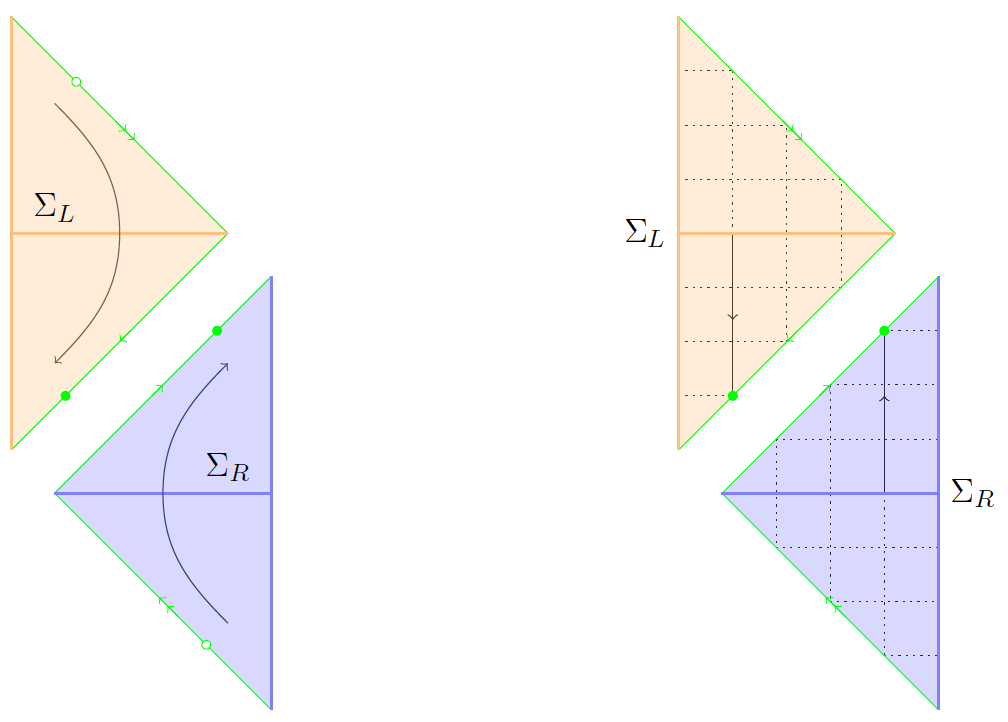
- As the result of the project activities a Mathematica package called HandbooK was developped. The package was published along the paper A handbook of holographic 4-point functions and can be downloaded from arXiv together with the submission files. Alternatively, the package is available together with the TripleK package, aimed at evaluation of triple-K integrals and conformal correlation functions. A short tutorial on the Triple-K package, in the context of holographic cosmology, can be found here.
- Adam Bzowski, Handbook of derivative AdS amplitudes, accepted to JHEP, arXiv: 2312.11625
In this paper I extend the 2022 study to Witten diagrams with bulk interactions involving spacetime derivatives. In d=3 boundary dimensions the Witten diagrams involving conformally coupled and massless scalars can be evaluated in closed form. Such cases are of interest in holographic cosmology and correspond to dual operators of conformal dimensions Δ=2 and 3 respectively. I present explicit formulae for all such amplitudes and provide a Mathematica package serving as the repository of all the results. I discuss renormalization issues and show that, contrary to the expectation, even finite correlators may acquire non-trivial renormalization effects.
This picture shows Witten diagrams describing some derivatives 4-point amplitudes calculated in the paper.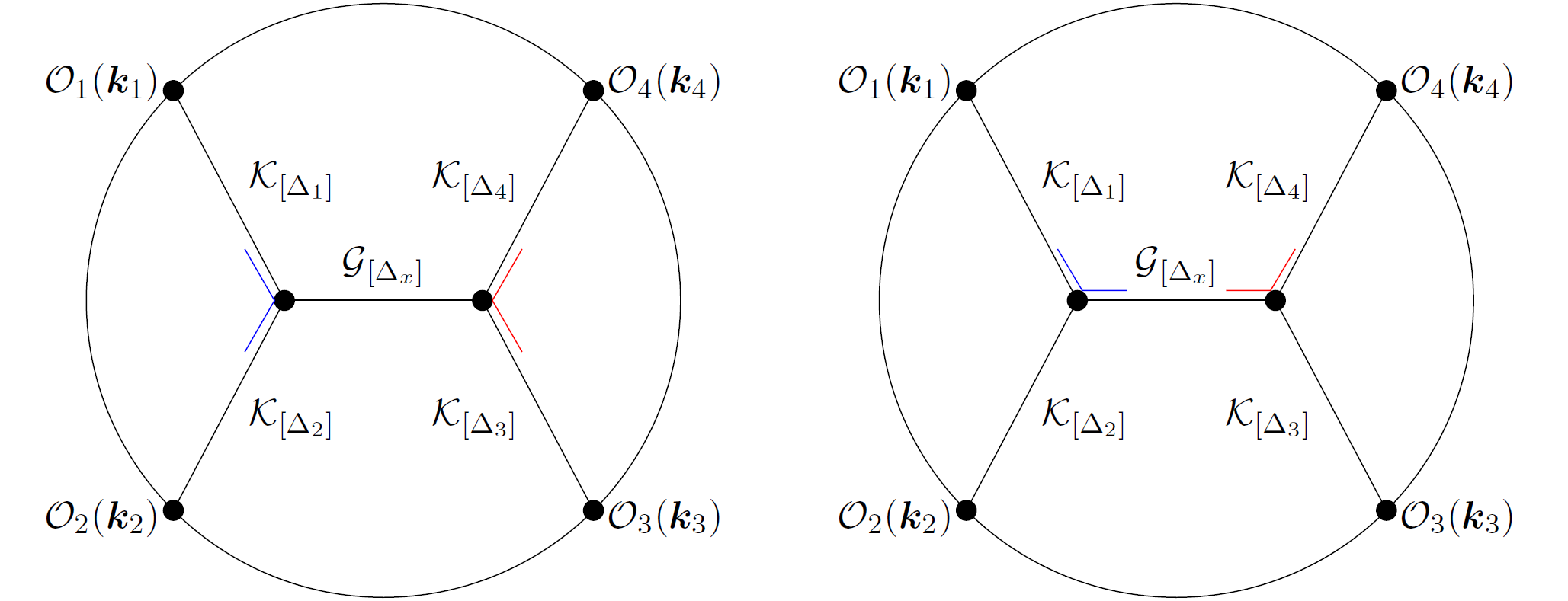
- Adam Bzowski, Paul McFadden, Kostas Skenderis, Renormalisation of IR divergences and holography in de Sitter, submitted to JHEP, arXiv: 2312.17316
We formulate a renormalisation procedure for IR divergences of tree-level in-in late-time de Sitter correlators. These divergences are due to the infinite volume of spacetime and are analogous to the divergences that appear in AdS dealt with by holographic renormalisation. Regulating the theory using dimensional regularisation, we show that one can remove all infinities by adding local counterterms at the future boundary of dS in the Schwinger-Keldysh path integral. The counterterms amount to renormalising the late-time bulk field. We frame the discussion in terms of bulk scalar fields in dS, using tree-level correlators of massless and conformal scalars for illustration. The relation to AdS via analytic continuation is discussed, and we show that different versions of the analytic continuation appearing in the literature are equivalent to each other. In AdS, one needs to add counterterms that are related to conformal anomalies, and also to renormalise the source part of the bulk field. The analytic continuation to dS projects out the traditional AdS counterterms, and links the renormalisation of the sources to the renormalisation of the late-time bulk field. We use these results to establish holographic formulae that relate tree-level dS in-in correlators to CFT correlators at up to four points, and we provide two proofs: one using the connection between the dS wavefunction and the partition function of the dual CFT, and a second by direct evaluation of the in-in correlators using the Schwinger-Keldysh formalism. The renormalisation of the bulk IR divergences is mapped by these formulae to UV renormalisation of the dual CFT via local counterterms, providing structural support for a possible duality. We also recast the regulated holographic formulae in terms of the AdS amplitudes of shadow fields, but show that this relation breaks down when renormalisation is required.
This picture shows the relation between de Sitter 3-point amplitude and anti de-Sitter amplitudes.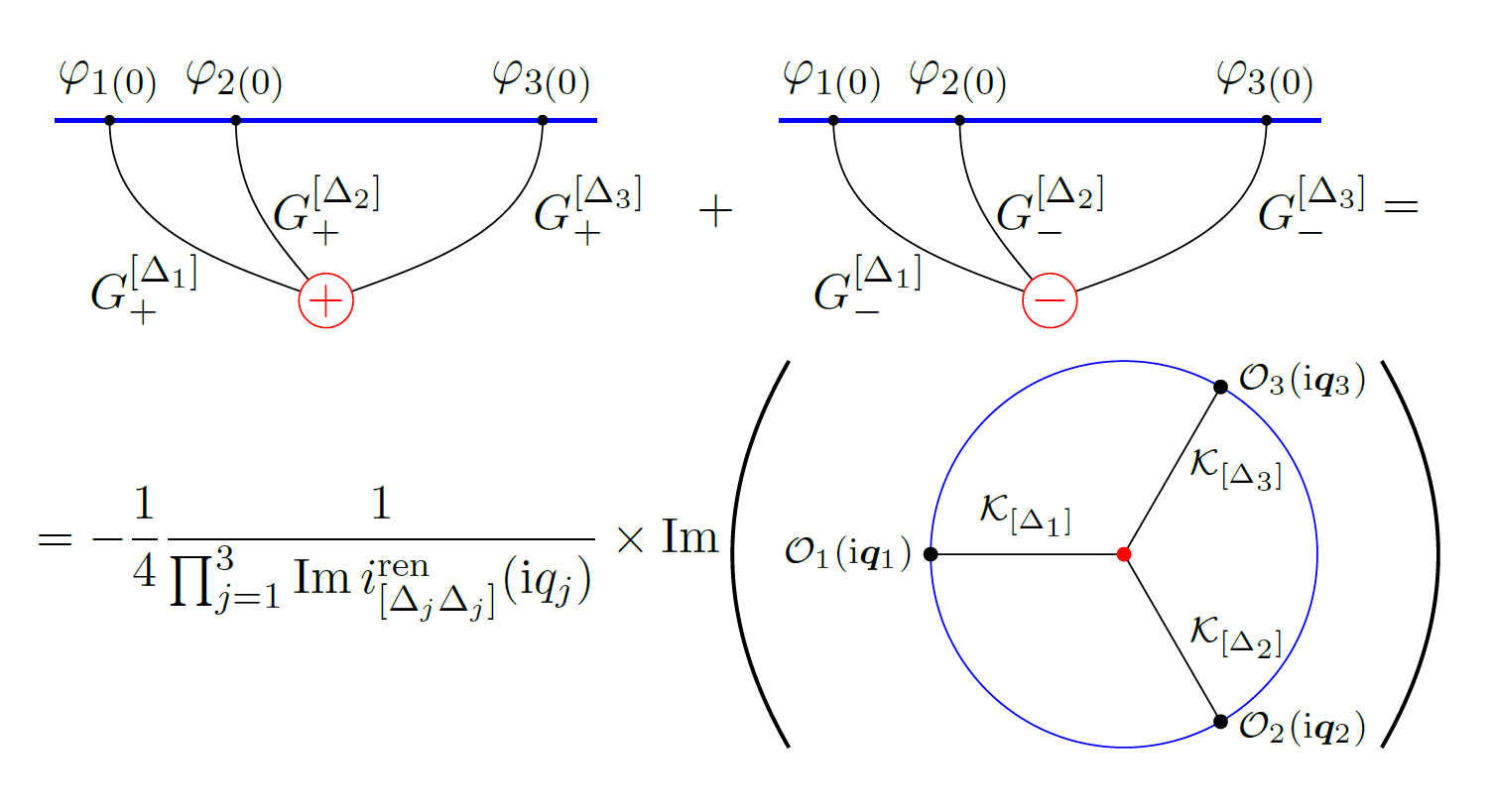
Presentations
Here you can find three of my presentations given during seminars or workshops.
- Seminar Exact Results in Quantum Theory and Gravity at University of Warsaw, 17 December 2021. During the seminar I presented my talk titled Breaking the spell of the tensor product. In the talk I presented the prelimiary results regarding the relation between the structure of the Hilbert space and gravity.
- Seminar at the University of Southampton, 28 February 2023. I presented the talk titled Wormholes, geons, and the illusion of the tensor product, where I discussed results published in the corresponding paper.
- Workshop Correlators in Cortona, 21 September 2023. During the workshop I presented the talk titled From AdS amplitudes to dS cosmology. In the talk I presented new results related to the cosmological part of the project.
Conferences and worhshops
List of seminars, conferences and workshops attended and financed by the grant.
- Workshop Physics Sessions Initiative 2021 in Agia Pelagia, Greece, 5 - 12 September 2022.
- Two workshops at Corfu2022: 22nd Hellenic School and Workshops on Elementary Particle Physics and Gravity: Workshop on Features of a Quantum de Sitter Universe in Corfu, Greece, 29 August to 4 September 2022 and Workshop on Holography and the Swampland, 4 - 10 September 2022.
- Workshop Conformal Field Theories and Quantum Gravity in Heraklion, Greece, 5 - 10 June 2023.
- Two visits at the University of Southampton, Southampton, UK, in March 2022 and February 2023. The goal of the visits was to collaborate with Kostas Skenderis and Paul McFadden and present the results of the project at seminars.
- Workshop Correlators at Cortona in Cortona, Italy, 17 - 23 September 2023.
Funding
The investigations are made possible by the NCN POLS grant and financed by the Norwegian Financial Mechanism 2014-2021. The project will take 2 years to complete: October 2021 - October 2023.
